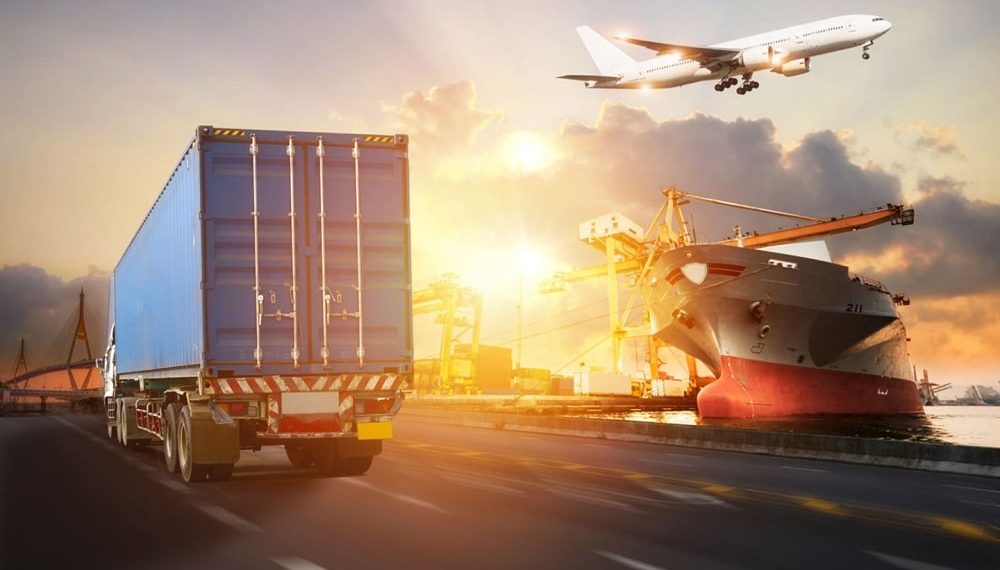The struggle for shipping capacity that has been a characteristic of pandemic-era clogged supply chains is shifting inland, and it is becoming more and more difficult to locate the transportation equipment required to move commodities.
Logistics executives claim that, because warehouses are overflowing to capacity, companies are forced to hold products on equipment such as steel trailers and sea containers for weeks at a time. At inland distribution hubs like Chicago and Kansas City, Mo., the practise is causing protracted bottlenecks that, according to officials, are as bad now as they have ever been throughout the COVID-19 outbreak.
According to Mike Wilson, CEO of Consolidated Chassis Management, right now the backlog goes right to the distribution and warehouse centres where those establishments are chock-a-block. About 80,000 chassis, or steel trailers that truckers use to tow containers between ports, rail yards, and warehouses, are managed by CCM, a company based in Budd Lake, New Jersey.
Earlier this month, across Kansas City and St. Louis, CCM’s trailers were reportedly tethered beneath machinery for an average of over 33 days, up from roughly 20 days at the beginning of the summer and roughly 10 days prior to the pandemic.
While congestion in other areas of the global supply chain is decreasing, the bottlenecks on land are getting worse. Ports on the Gulf and East Coast continue to see cargo booms. Backups at the busiest container port complex in the country, located in Los Angeles and Long Beach, California, are at their historic lows in more than a year, according to Denmark-based Sea-Intelligence.
The situation at inland rail yards is very different. Resuming efforts they began last summer to relieve congestion, Union Pacific Corp. and BNSF Railway Co. have recently restricted cargo shipments from Southern California into congested freight terminals in the Chicago area.
The cost of storing cargo in a container on top of a chassis is less expensive for shippers, according to group vice president for consumer products at BNSF, Tom Williams, than paying more to leave the box in a rail yard. However, the practise reduces the number of trailers accessible at rail yards, which makes it more challenging for other carriers to pick up packages.
Transport equipment is necessary for exporters to pack up their goods for shipping to foreign markets and for ports to reclaim more imports.
Supply-chain executives have struggled with a lack of logistics equipment during the pandemic. Importers frequently contributed to the delays in 2021 by rushing in items to meet customer demand, which led to backlogs in warehouses where there weren’t enough employees to unpack boxes.
Congestion this summer is a result of diminishing consumer demand for goods and overstocked warehouses at merchants.
Prologis Inc.’s managing director of global strategy and analytics, Chris Caton, reported that the vacancy rate in the company’s top 30 U.S. markets is 3%, down from 4.3% a year ago and significantly lower than the average range of 5% to 10%. According to Mr. Caton, Prologis warehouses are so crowded that many are getting close to the point where efficient operations start to falter.
Other portions of the supply chain’s logistics activities are being slowed down by comparable shortages.
In order to carry 11% fewer shipments, it requires 26,000 more trailers, according to the chief executive of Direct ChassisLink Inc., Bill Shea. The company is a chassis lessor with headquarters in Charlotte, North Carolina. He claimed that there was a manufactured shortage of equipment nationwide.
The container ship backlogs at significant U.S. ports, which in 2021 came to represent a supply-chain bottleneck, are more noticeable than the congestion on the inland waterways. However, executives claim that it disrupts the movement of goods for shippers and logistics firms just as much.
The logistics services business, STG Logistics, based in Bensenville, Illinois, parks boxes wherever it can find space and even rents out yards to clients while they wait for storage space to become available. Paul Svindland, the CEO of STG, compared it to a snake eating a rat. He anticipates all of this will not be pushed through until the conclusion of the current calendar year.


































